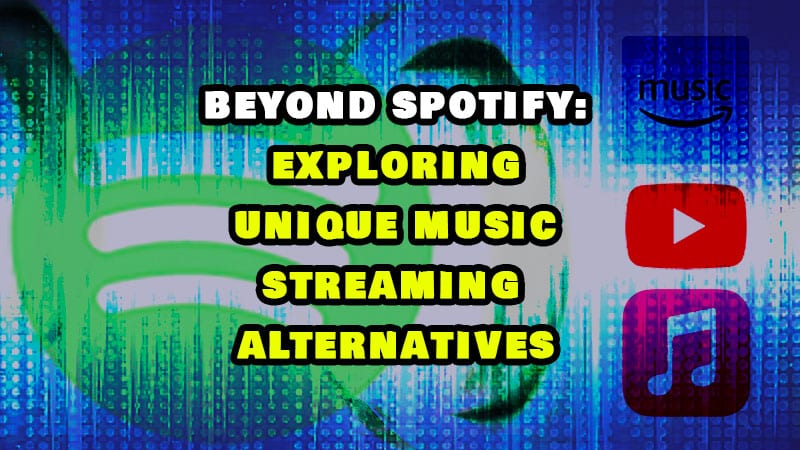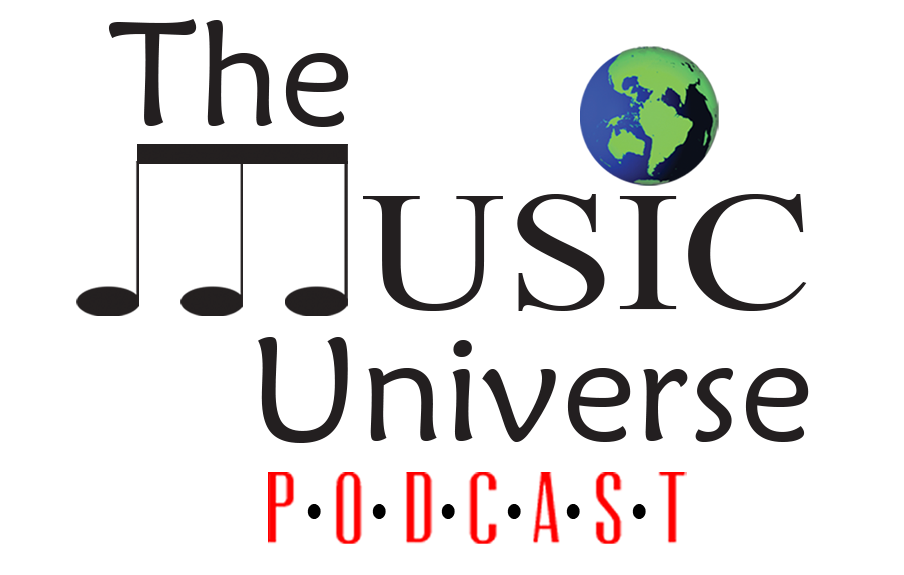There are countless streaming services which provide an array of content and features
Spotify is the most popular music streaming platform with more than 515 million monthly active subscribers. The streamer, which launched in 2008, acquired a million users within the first five months of its debut, as revealed by ExpressVPN. Spotify gives listeners access to more than 80 million licensed songs and other content from creators throughout the world, including podcasts and videos. Listeners can build their libraries, playback their favorite media across multiple devices, and share with friends, all in high-fidelity (Hi-Fi), if they want.
Spotify also allows families to listen together or individually with a family plan. Listeners can even download content to play offline and can listen to content ad-free with a premium plan.
Many of Spotify’s competitors, such as Apple Music, YouTube Music, and Amazon Music, provide similar offerings but are also unique in their own way.
Apple, which once dominated the digital spectrum by offering $.99 downloads of individual tracks via iTunes, introduced Apple Music in 2015 to compete with Spotify. While songs can still be downloaded, many subscribe to gain access to more than 100 million songs and 30 thousand playlists ad-free, all in high-quality lossless audio. There are a large amount of albums and tracks offered in Dolby Atmos Spatial Audio, providing listeners with an immersive experience like no other. Apple has also introduced Apple Music Sing which provides real-time lyrics and adjustable vocals that give listeners the option to take the lead or duet with their favorite artists.
YouTube is by far the oldest of the streaming services, having launched in 2005 when it first introduced the world to user-uploaded content. The platform gained immediate recognition, attracting millions of visitors each day. YouTube is currently the second-most visited website on the internet, behind Google Search. The platform has grown to include audio and video content from record labels and independent musicians from around the world. YouTube Music and YouTube Premium are their paid tiers, with YouTube Music offering ad-free music while YouTube Premium removes ads in videos as well.
Amazon first launched Amazon Music as Amazon MP3 in 2007 to compete with iTunes and Walmart’s now-defunct digital download service. Over the years, the service continued to grow and was reformatted into a key player in the streaming industry with multiple paid options. Listeners can enjoy more than 100 million songs, ad-free with unlimited skips, offline playback and more. Amazon Music is the only service where fans can stream music from Garth Brooks. In 2014, Brooks offered his music digitally for the first time through his own GhostTunes venture. Amazon acquired the platform in 2016, and Brooks has only offered his music digitally through Amazon Music since, giving the artist more control on how his music is consumed.
These are just a few differences that may help music lovers decide which platforms they want to subscribe. While they share some of the same features, such as portability, they each offer their own unique array of features and content.
SiriusXM’s Pandora, the artist-owned Tidal, TuneIn, Deezer, iHeartRadio, SoundCloud are other popular streaming services one may wish to subscribe.



